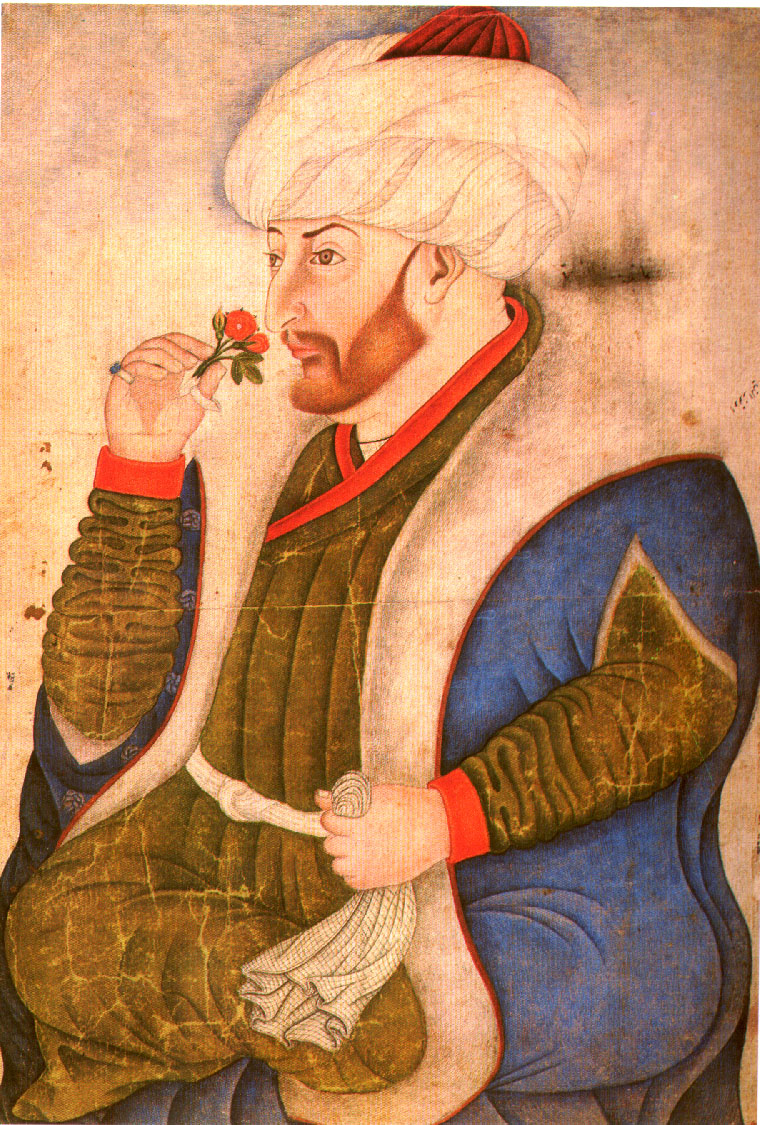Many other European nations also had their legends of Trojan origins; more surprisingly, so too did the Turks, helped by the closeness in sound between Turc(h)i and Teucri, one of Virgil’s names for the Trojans, derived from one of their ancestors, Teucrus. After taking Constantinople in 1453, the Ottoman Mahomet II is said to have visited the site of Troy, a short journey down the Hellespont, and announced himself as the avenger of Troy, sacked by the Greeks. An epigram by Julius Caesar Scaliger points up the repetitions of legendary history: ‘Twice ancient Troy was overthrown by Greek arms; twice has new Greece mourned for her victorious ancestors, once when great Rome brought back the descendants of the Trojans, and again now that the Turks hold sway.’ The neo-Latin Amyris (the title derives from the Arabic ‘amir’, meaning ‘prince’, ‘emir’) by Gian Mario Filelfo, written in the 1470s, is a curious example of ‘humanistic Turcophilia’, an epic on the life of Mahomet II. In a replay of the ‘Choice of Hercules’ (choosing Virtue over Pleasure), the young Mahomet rejects Venus in favour of Bellona, goddess of war, who appears in a vision to tell him to avenge Troy. A further mark of Greek perfiy is their transfer of the seat of empire from Trojan Rome to Greek Constantinople. In an example of the diplomatic use of Trojan origins, whose history stretches back to the alliance between Rome and the Sicilian city of Segesta in the First Punic War on the basis of their shared Trojan ancestry, Mahomet II is alleged to have written a letter to Pope Nicholas V, complaining of the preaching of a crusade in Europe, and appealing to the Trojan ancestry shared by the Turks with European nations. Ths is not an argument that has been aired in recent discussions about the enlargement of the European Union.Philip Hardie. The Last Trojan Hero: A Cultural History of Virgil's Æneid. IB Tauris (2014)
Imagem: Sultão Mahmet II cheirando uma rosa. Albuns Sarayı. Hazine 2153, folio 10a



